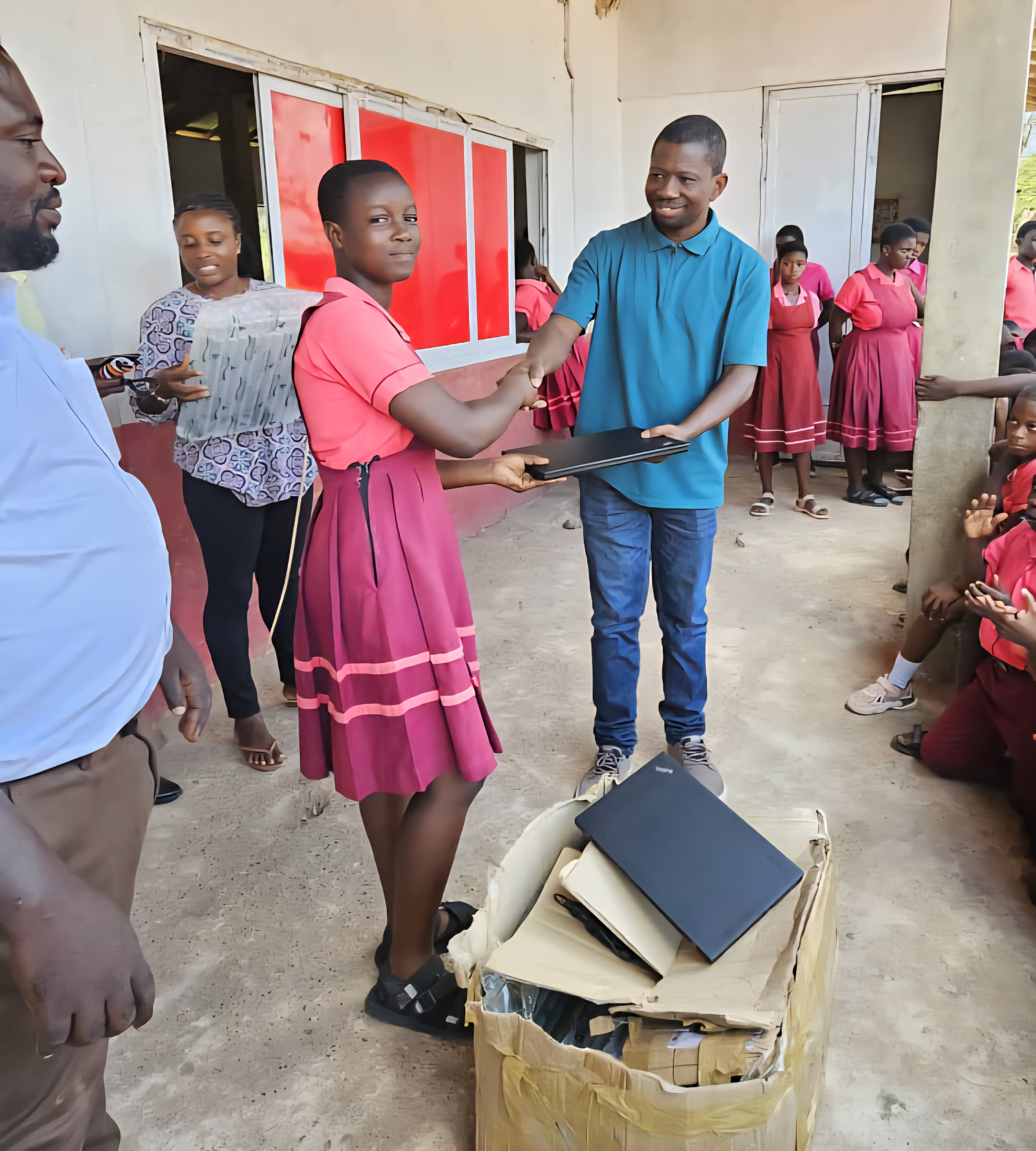If you were to ask an examiner the most common reason why some students do poorly in exams, he/she would likely say that “Students just don’t answer the question”. While there are different ways of ‘not answering the question’, it is more often the case that students misinterpret the command words in the exam questions. Every exam question will use one or more command words.
These command words tell you what the examiner is asking you to do and give you guidance on how you should answer the question. If the question has two command words, this means that you are being asked to do two specific things; if you only respond to one command word then you would not be awarded full marks as the marks available would have been split between the two things that are required to.
When answering an exam question, it’s easy to misread what’s being asked and simply answer it in the wrong way. Your answer may be right but if you aren’t providing your response to the question, you stand to lose some serious marks!
Below is a list of command words along with the approach that you should take when answering exam questions that use these words. Having a good understanding of how to answer questions based on the command word will certainly help you to avoid falling into the trap of not answering the question.
LIST: This is a very basic skill-asking you to simply remember items and write them in the form of a list-no need to go into detail.
STATE: Not difficult – just write what you are asked about in a clear, simple and ‘point way; no need to explain or clarify unless you think that what you’ve written isn’t clear. State means present in a brief, clear form without too much detail or examples.
MENTION: If you mention something, you say something about it, usually briefly.
GIVE: Very straightforward – just outline your points briefly.
OUTLINE: Just give the main features or general idea.
DEFINE: This mainly tests your memory. Here you need to give the specific meaning of words, terms, etc.; it may be the definition from a textbook or you could use your own words.
DESCRIBE: You just need to tell what it is – imagine and give information that paints a complete picture. Think of it as the next step from ‘list’ or ‘state’.
DISTINGUISH: You can only distinguish between things, so there need to be two or more things given in the question. The key is only to write about the features of each of the things that make them different from each other.
EXPLAIN: Not a difficult one but students sometimes give a description instead of explaining. When you’re asked to explain something, use a paragraph: write a sentence that makes your point and then write another to explain why the first sentence is so, or the consequences of the first sentence. If your point still isn’t clear, write a third sentence that makes it clearer. Use examples to help your explanations.
IDENTIFY: This requires selective use of your knowledge; this means that you apply bits of your knowledge to the context or the situation described in the question.
ILLUSTRATE: Fairly easy-just clarify or explain using examples. If there’s a scenario, give a relevant example. If not, pick whichever you like. Depending on the subject you could draw a diagram or do a quick calculation as a way of illustrating.
APPLY: Asking you to put something to practical use; not just talk about the theory but show how the theory works in practice.
CALCULATE/ COMPUTE: Just as it says – you have to do the maths.
DEMONSTRATE/ SHOW: You need to show or prove something to be true, beyond any doubt, or show that it applies in the situation described, by giving evidence.
ANALYSE: This is one of the more difficult words. This is asking you to examine something in detail; break it down into smaller parts and give detailed explanations with examples if appropriate; often opinions rather than facts.
EXAMINE: Inspect carefully or look at it in detail; investigate.
CLASSIFY: This is asking you to arrange or put things into groups or classes. You will need to explain why you have put each in a particular list and not one of the others.
COMPARE AND CONTRAST: Explaining how things are similar and how they are different (similarities and differences). For example, compare and contrast a pig and a dog – they both have four legs (similarity) but one bark and the other grunts (difference).
SUMMARISE: Give the important ideas in a brief.
DISCUSS: This can be a tricky one. To discuss something, there needs to be an ‘argument’ i.e. you need two or more differing or opposing viewpoints. Also, any discussion should, if possible, end with a conclusion. Think about: the advantages, disadvantages, and conclusion. Or: reasons why, reasons why not and conclusion. It is also possible to ‘discuss’ one viewpoint. For example, you may be asked to ‘discuss the advantages of…’. Does this mean you have to do the disadvantages as well? No – simply go through the advantages, saying whether they apply in this situation, or whether they are each a major advantage or a relatively minor one.
REVIEW: Giving an overview of ideas and establishing their qualities and features.
INTERPRET/EVALUATE: This can be challenging – you need to explain your view of facts and ideas and how they relate to one another. In some sense, translates from one form of a word to another. ‘Interpret’ is often the second stage of ‘analyse’.
ASSESS/SUGGEST: Another tricky one – this is asking you to judge the worth, importance or value of something, whether in monetary terms or not. Think of this as a higher-level discussion.
RECOMMEND: As it says – telling them what to do. This is normally the last requirement in a question because you first need to identify, explain and evaluate before you can recommend or suggest a way forward.
NARRATE: To relate (a story or series of events) in speech or writing. Here, one gives an account of an event, preferably in paragraphs. It’s the same as telling a story to someone. You don’t have to number the points. Describe events as they happen generally in order of time and group them into paragraphs according to the stages in the narrative. Also, let the story unfolds naturally by avoiding the use of words such as moreover, furthermore, in addition to, as far as you can.
TRACE: Give a brief description of the logical or chronological stages of the development of a theory, process, a person’s life and so on. Often used in historical questions.
EVALUATE: Similar to discuss, but with more emphasis on a judgement in the conclusion.
Credit: MaltbyAcademy
 Pazionmedia.com Pazion Media l Latest News l Politics l Sports l Entertainment
Pazionmedia.com Pazion Media l Latest News l Politics l Sports l Entertainment



